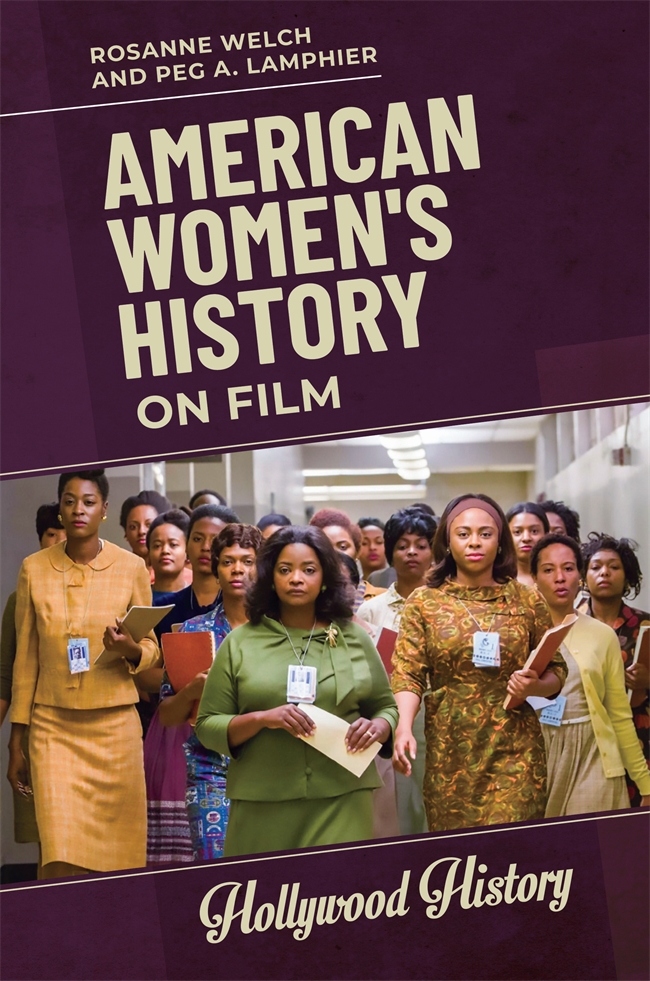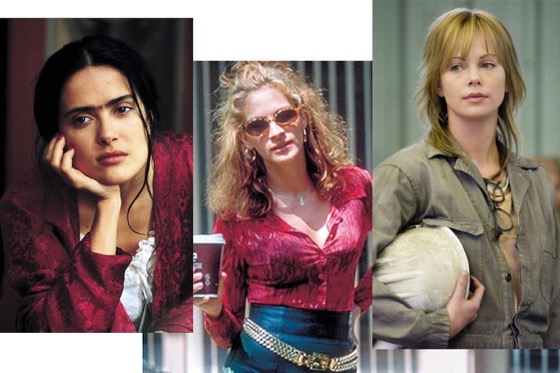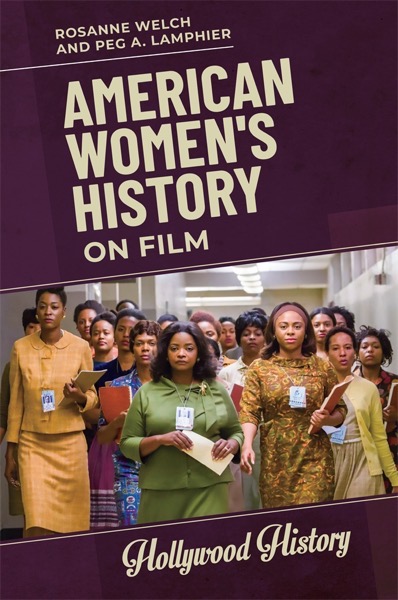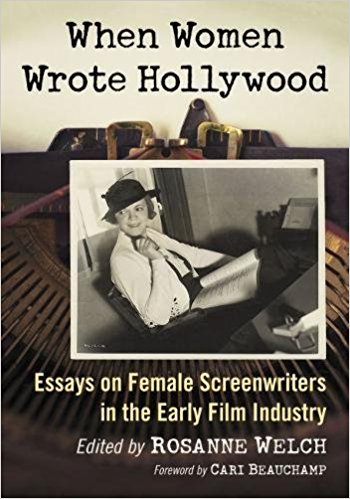Buy at Your Local Bookstore | Bookshop.org | Amazon | ABC-CLIO
It’s always wonderful to share the nice news that the next book in the Women Making History series that I’m co-editing with my dear friend and colleague Peg Lamphier has been published by ABC-Clio this month. We want to congratulate author Tamrala Swafford Bliss for all her hard work on the life of Wilma Mankiller, the first female elected Principal Chief of the Cherokee Nation.
We can’t wait to see the next few books in our series come to publication. The book on Delores Huerta was recently handed in, written by a colleague at Mt. San Antonio College, and one of our Stephens College MFA alums is scheduled to have her book on Sally Ride completed next year.
We know (being meant for libraries) that the volumes in this series are higher priced so we can’t ask everyone to buy a copy – but you can alert your local public or school library to their existence and ask that they by a copy for their stacks (or their Kindle offerings).
Women Making History Series Description
Women Making History is a series of single-volume books that examine the lives and historical impact of the most iconic figures in American Women’s history.
Books in the Women Making History series explore the lives and contributions of important women in American history. Each volume goes beyond biographical details to consider historical context and explicitly discuss the world in which the individual lived and worked, the challenges she faced, and her lasting contributions. This approach allows readers to explore not just the life of a particular woman but also her various political, social, cultural, and historical contexts. In addition to chronological chapters, sidebars, a timeline, document excerpts, and a bibliography, an introductory chapter explores the cultural and historical significance of the individual and places her in the overall historical context, as well as how her actions, beliefs, or positions influenced not only women’s history but history as a whole.






![Anita Loos: An Introduction with Dr. Rosanne Welch, Stephens College MFA in TV and Screenwriting and the Retroformat Silent Film Society [Video]](https://rosannewelch.com/wp-content/uploads/2023/01/rmw-retroformat-loos.jpg)








![Rosanne at Shakespeare and Company Booksellers in Vienna, Austria [Photography]](https://rosannewelch.com/wp-content/uploads/2022/12/Shakespeare-and-Co.-Bookstore.jpg)



![21 Examples of the Heroine's Journey from What Is a Western? Interview Series: When Women Wrote Westerns from the Autry Museum of the American West [Video]](https://rosannewelch.com/wp-content/uploads/2022/12/what-is-a-western-21.jpg)